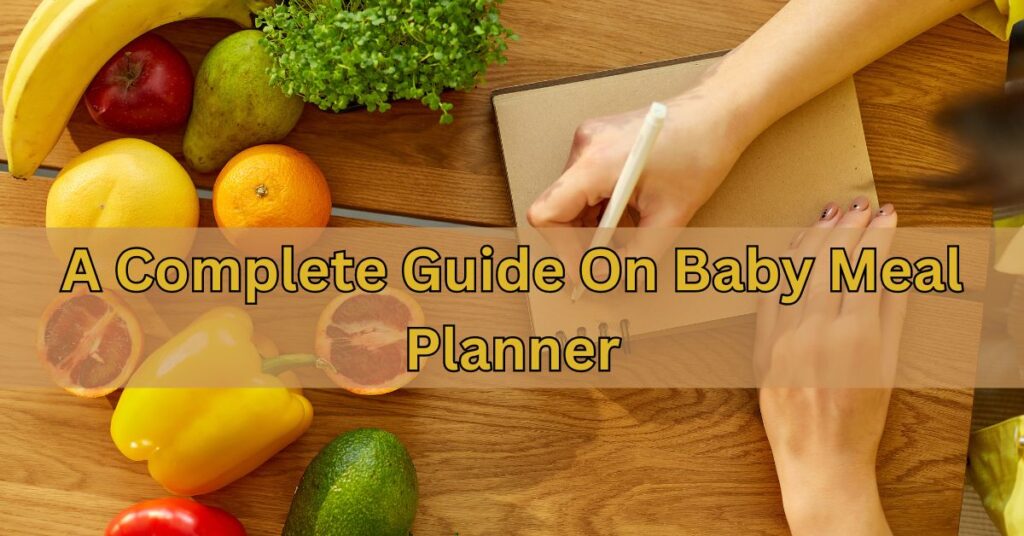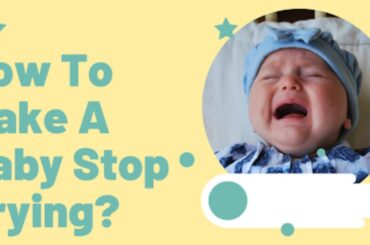This baby feeding guide will help you determine how much and what kind of food to give your child during the first year. This will help to make the baby care process easy. Please keep in mind that the amounts given are just suggestions. If your child eats slightly more or less than what is suggested, there is no need to worry. Talking to your child’s doctor before starting food is always a good idea.
After making the ultimate baby registry checklist, it’s time to think about a baby meal planner. Introducing things to your baby doesn’t have to happen in a certain order. You can start giving your baby tofu at six months, even though our guide doesn’t list it until eight months. In the US, infant rice is often the first food babies eat. You can, however, start with pureed meat, veggies, or fruits. Check out our creative baby meal planner.
What are the Benefits of Following a Baby Food Chart?
Should you be unsure about following a baby food plan, the following benefits will help you find the right way to feed your child healthily:
Intro Your Baby To New Food
A baby’s diet plan keeps them from getting bored by giving them a wide range of daily foods. You can try out new foods, and your baby can enjoy a range of tastes and textures.
Fully Nutrient Recipes
For optimal growth and development of the infant, a newborn feeding chart emphasizes nutrition and includes recipes abundant in essential vitamins, minerals, and proteins. You can save significant time by eliminating the need to verify and calculate the nutritional value of infant meals.
Boost Healthy Food Habits
Because habits shape the future, introducing healthy foods at the right time is an important step toward building healthy eating habits that will last for a long time.
Better and Healthy Digestion
A well-organized chart will help your baby’s digestive system while it’s still growing and keep them from having stomach pain, gas, bloating, or constipation. The meals are easy on the stomach and don’t take long to make.
No Hustle
If you stick to a diet plan, you can buy the fruits and veggies you need beforehand. This helps you stay organized and takes away the stress of coming up with the recipe and then going out and getting the goods.
Baby Meal Planner Chart
This general plan for feeding babies can be used from birth up to 24 months.
0-6 months
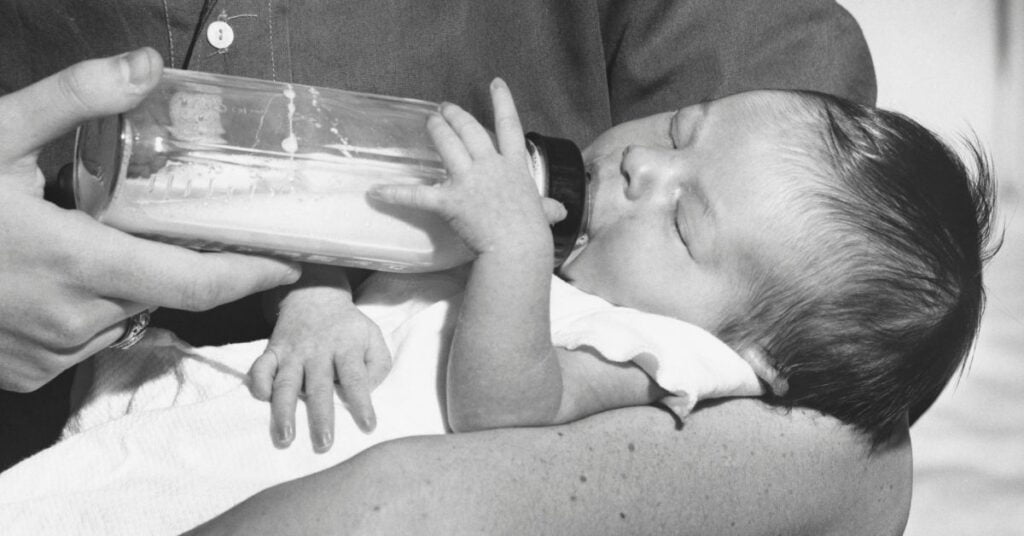
- Formula or breast milk only
- Feed when they want, eight to twelve times a day on average.
- No need for solid foods
4-6 months

- Continue breast milk or formula as the main food
- May start iron-fortified cereal mixed with breast milk or formula
- Watch for signs baby is ready for solids (can sit with support, shows interest in food)
6-8 months
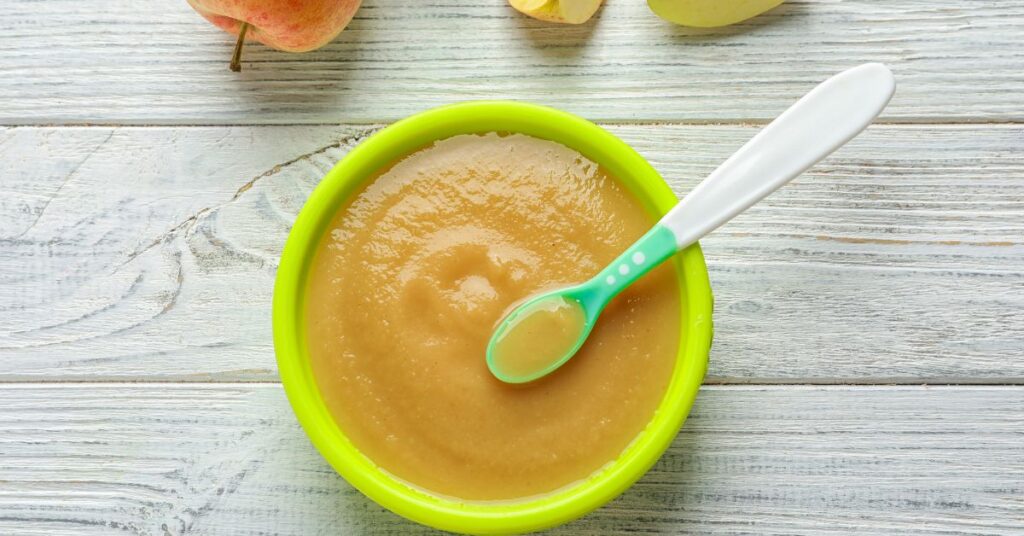
- Still first food for babies: breast milk or formula
- Start making smooth purees: fruits and veggies with only one ingredient
- Eat things that are high in iron, like beans or pureed meat.
Meal Plan for a 10-Month-Old
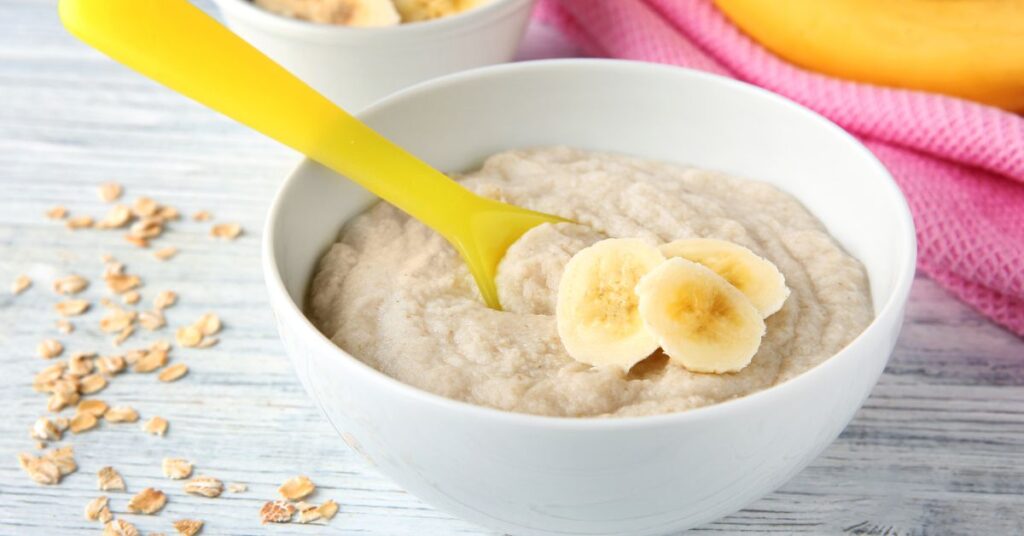
- Breakfast: cereal with iron and mashed banana
- Snack: pieces of soft-cooked vegetables
- Lunch: meat that has been pureed and mashed potatoes
- Snack: Fruit sauce in yogurt for a snack
- Dinner: Pork chops with vegetable sauce for dinner.
Babies learn how to eat more solid things at this age. Give them little soft pieces that they can grab. When trying new foods, check to see if you have any issues.
18 Months Baby Food Chart
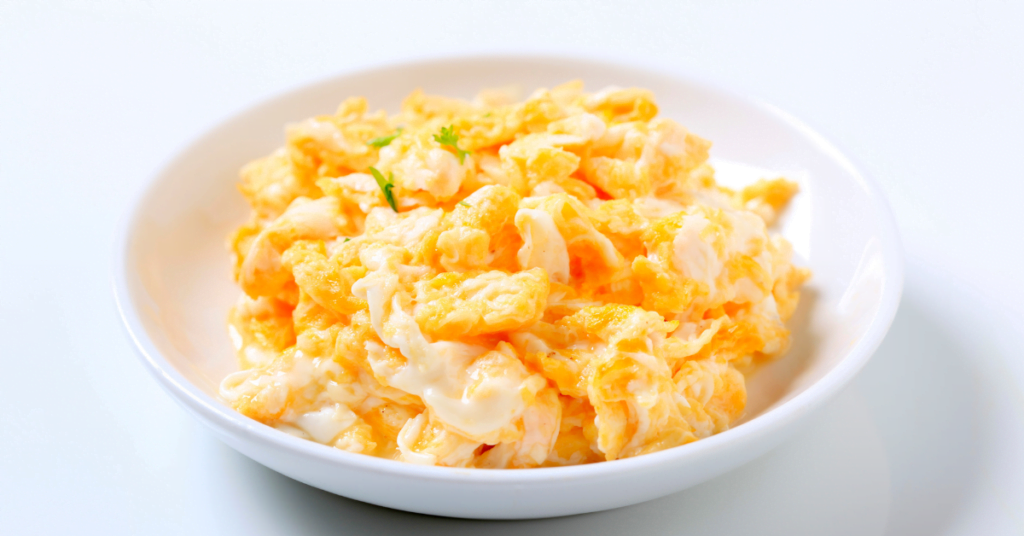
- Breakfast: egg scrambled with toast for breakfast.
- Snack: Fruit slices
- Lunch: a small cheese sandwich
- Snack: Crackers and hummus for a snack
- Dinner: rice, soft-cooked veggies, and small pieces of meat
Kids this age can eat most family foods if they are cut up small. They might not like certain things, so keep giving them new ones.
18 to 24 Months Baby Food Chart
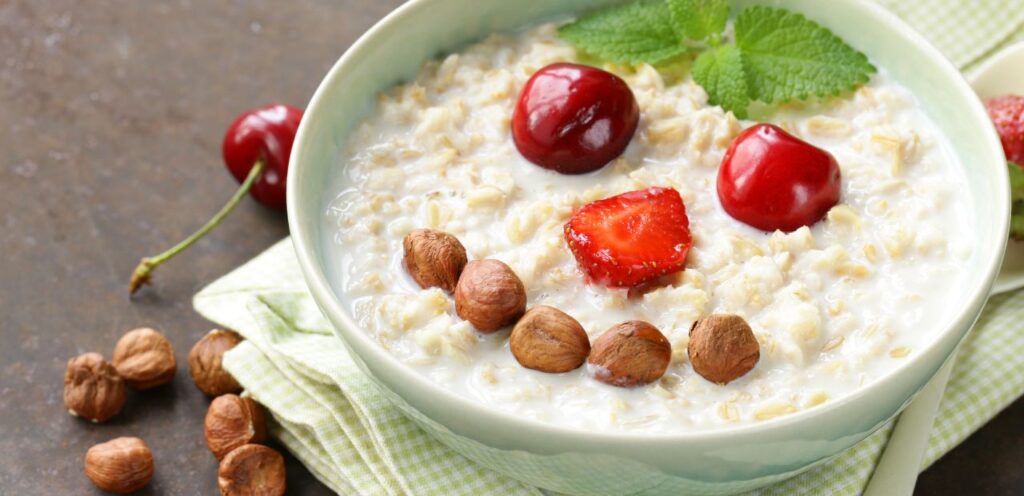
- Breakfast: Oatmeal with milk and berries
- Snack: Apple slices and cheese cubes
- Lunch: Soup with bread and vegetables for lunch
- Snack: Yogurt with cookies for a snack
- Dinner: Fish with veggies and sweet potatoes for dinner
Kids this age should eat three meals a day and two to three snacks. They can now handle different tastes and textures.
Baby Food Flavors
To help your baby learn to like different things, give them a range of tastes:
- Sweet: Apples, pears, peaches, and other sweet fruits
- Savory: eggs, cheese, and meat
- Bitter: Bitter Things are broccoli and spinach.
- Sour: A sour taste comes from yogurt and citrus fruits (after a year).
Remember
- Watch your child while they eat at all times.
- To keep people from choking, cut food into small, safe pieces.
- Any worries or questions about your baby’s food should be brought up with your doctor.
- Each baby is different, so pay attention to what your baby and your doctor tell you.
Conclusion
Using a baby meal planner, you can ensure your child gets the right food at every stage of their growth. Your baby’s dietary needs change quickly from birth to 24 months. This guide shows you how to introduce new foods and tastes.
Remember that each child is different, and paying attention to what your baby wants is important. This meal planner can help you, but you should always talk to your baby’s doctor about their nutritional needs.
Introducing a range of healthy foods at a young age can help kids form lifelong eating habits. Enjoy this fun discovery trip with your child as they try new tastes and textures. Be patient and consistent. Want more advice on how to feed your baby and be a good parent? You can find a lot of information, tips, and support on Momvila to help you feel confident as a parent. Momvila has everything you need, from meal ideas to baby stages. Join our group of parents today to get the help you need to raise a healthy, happy child.
FAQs
At what age should I start introducing solid foods to my baby?
Around 6 months, most babies are ready to start solid foods, while still nursing or formula feeding.
How do I know which foods to introduce first?
Start with foods that only have one ingredient, like fruits, vegetables, cereals with added iron, or pureed veggies. To avoid allergic responses, add new foods one at a time, waiting three to five days between each one.
How much food should I offer my baby at each meal?
Start with a small amount, about 1 to 2 teaspoons, and slowly add more as your baby shows interest and can handle it. Follow your baby’s signs for when they are hungry or full.
